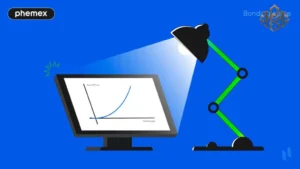
Close



Bonding curves are mathematical formulas used in decentralized finance (DeFi) to determine the price of a token based on its supply. These curves create a relationship between the token’s price and the number of tokens in circulation, allowing for automated and dynamic pricing.
A bonding curve typically starts with a lower price for the initial tokens and increases the price as more tokens are issued. This mechanism encourages early investment by offering lower prices and gradually raises the cost, reflecting increasing demand and scarcity.
Bonding curves are used in various DeFi applications, including token issuance, automated market makers (AMMs), and fundraising platforms. They provide a transparent and predictable way to manage token supply and pricing, benefiting both issuers and investors.

The primary advantage of bonding curves is their ability to create liquidity and fair pricing without the need for traditional order books. They also enable continuous token issuance and allow projects to raise funds in a decentralized manner. Additionally, bonding curves can help mitigate price volatility by adjusting token prices based on demand.
Despite their benefits, bonding curves come with challenges such as ensuring accurate implementation and managing the risks associated with automated pricing. The complexity of these mathematical models can also be a barrier for some users. As the DeFi space evolves, continuous innovation and education are needed to maximize the potential of bonding curves.